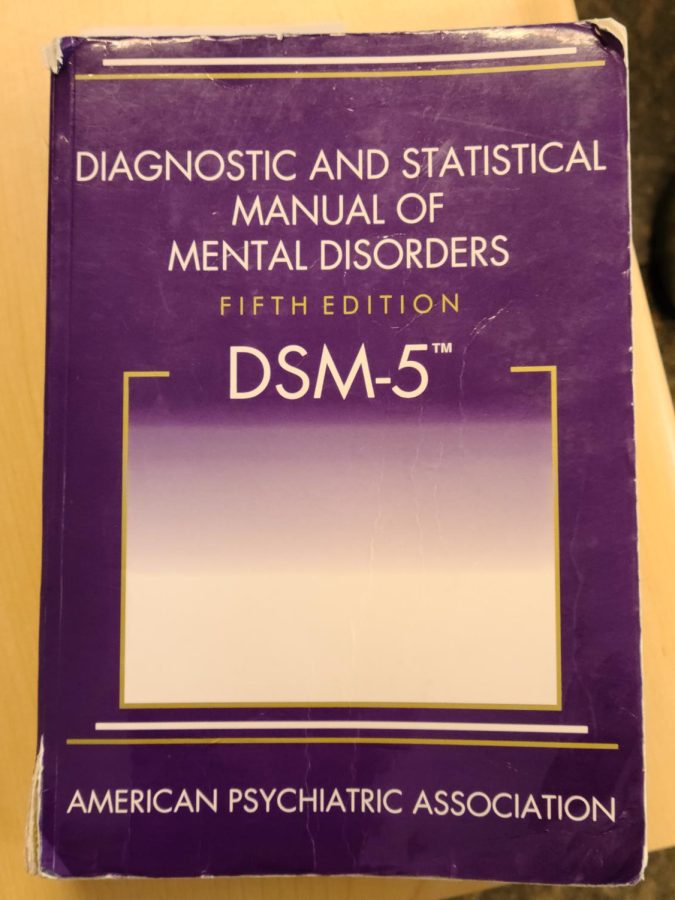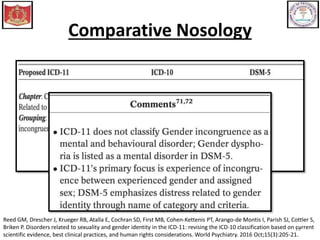
People with gender dysphoria may have changed their appearance, their behaviour or their interests.


Gender dysphoria is not a mental illness, but some people may develop mental health problems because of gender dysphoria. Some people with gender dysphoria, but not all, may want to use hormones and sometimes surgery to express their gender identity. They do this by changing the way they look and behave. Many people with gender dysphoria have a strong, lasting desire to live a life that "matches" or expresses their gender identity. However, as a group, they are often called "non-binary". They may use different terms, such as agender, gender diverse, gender non-conforming, to describe their identity. For them the concept of gender is not relevant to their identity. Some people do not define themselves as having a "binary" identity. Some may have female genitals and breasts but do not identify as a female or feel feminine.
These are sometimes called "binary" identities.īut some people feel their gender identity is different from their biological sex.įor example, some people may have male genitals and facial hair but do not identify as a male or feel masculine. Most people identify as "male" or "female". Gender identity refers to our sense of who we are and how we see and describe ourselves. This sense of unease or dissatisfaction may be so intense it can lead to depression and anxiety and have a harmful impact on daily life. Gender dysphoria is a term that describes a sense of unease that a person may have because of a mismatch between their biological sex and their gender identity.


 0 kommentar(er)
0 kommentar(er)
